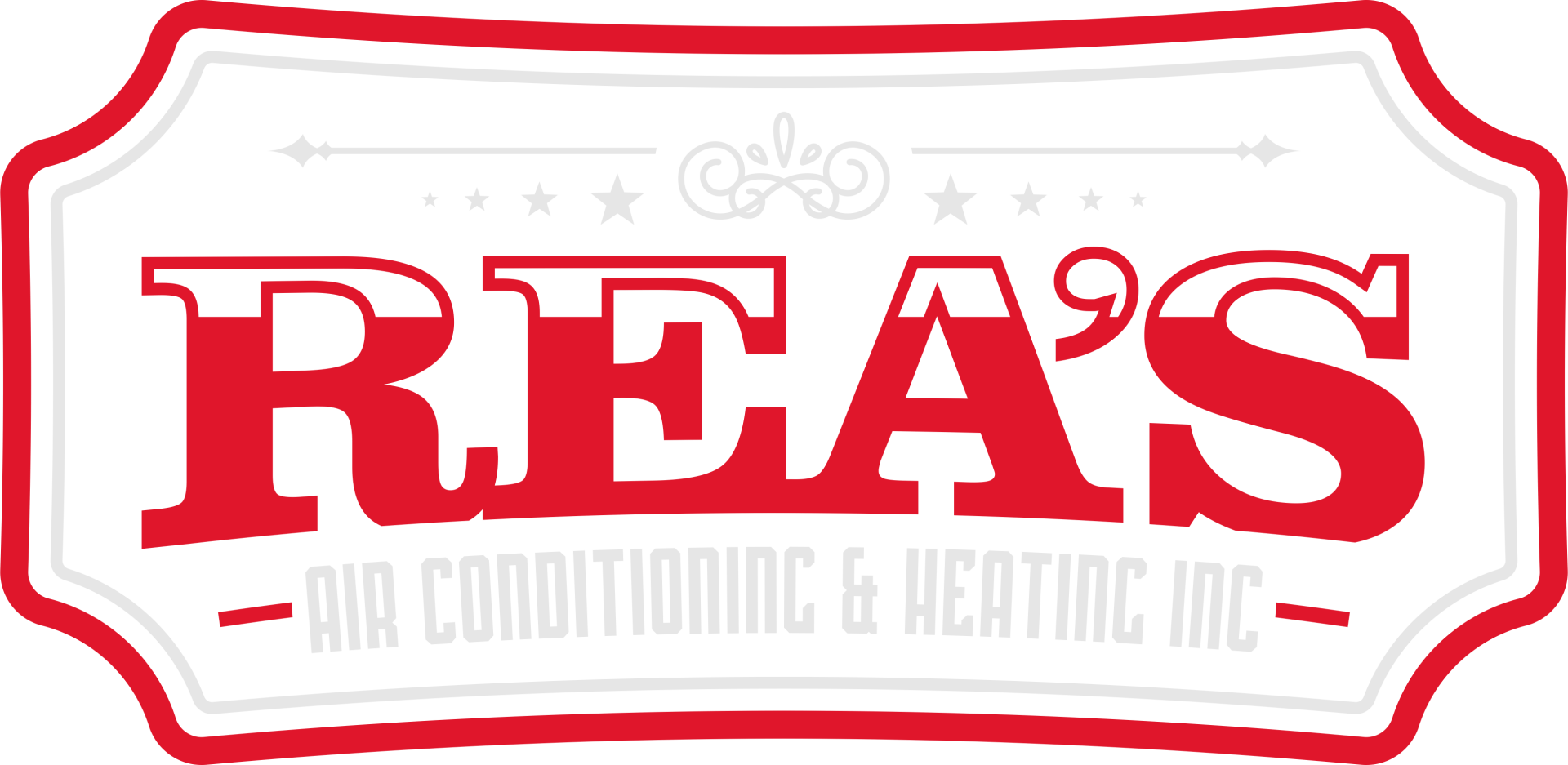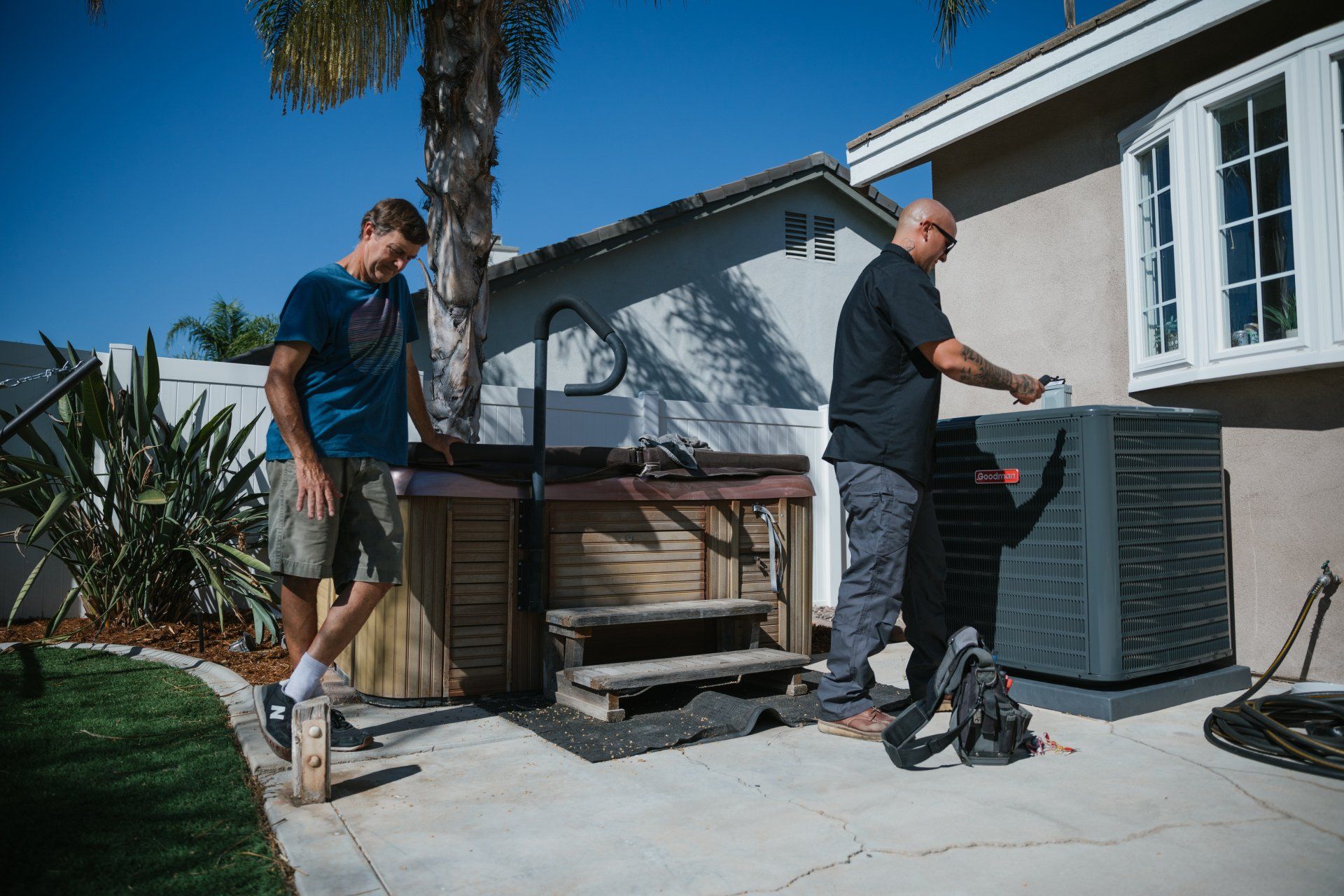The Pros and Cons of Ductless Mini-Split Systems
In the ever-evolving home heating and cooling world, ductless mini-split systems have emerged as a popular option for many homeowners. Known for their efficiency and versatility, these systems provide a unique alternative to traditional HVAC systems. However, as with any significant home investment, weighing the pros and cons before deciding is essential. In this article, we will explore the benefits and potential drawbacks of ductless mini-split systems to help you determine if they're the right choice for your home.
What is a Ductless Mini-Split System?
Before diving into the advantages and disadvantages, let's define a ductless mini-split system. This heating and cooling system does not require ductwork to operate. Instead, it consists of an outdoor compressor/condenser unit and one or more indoor air-handling units connected by a conduit. This setup allows for individual temperature control in different rooms or zones in your home.
Pros of Ductless Mini-Split Systems
Flexibility and Versatility
Ductless mini-splits offer incredible flexibility in terms of installation and use. You can use them in various settings, from new additions and apartments to older homes where installing ductwork is impractical or too expensive.
Energy Efficiency
One of the most significant advantages of ductless systems is their energy efficiency. Because they don't rely on ducts, there's no risk of energy loss typically associated with ductwork. This efficiency can translate into substantial savings on your energy bills.
Individual Zoning
With a ductless system, you can create temperature zones in your home. Each indoor unit can be controlled independently, allowing for personalized comfort in different rooms and eliminating the need to heat or cool unoccupied spaces.
Easy Installation
Installing a ductless mini-split system is usually quicker and less invasive than a traditional HVAC system. Since there's no need for ductwork, the process typically involves just mounting the indoor and outdoor units and connecting them through a small hole in the wall.
Improved Air Quality
Ductless systems often come with multi-stage filtration that can reduce dust, bacteria, pollen, allergens, and other particulates, improving indoor air quality.
Cons of Ductless Mini-Split Systems
Aesthetic Impact
Some homeowners may find the indoor units of ductless systems visually intrusive. These units are visible and require wall space, which might not blend seamlessly with every interior design.
Upfront Costs
While ductless systems can be more energy-efficient, their initial installation cost can be higher than traditional HVAC systems, especially if you're outfitting an entire house.
Maintenance Requirements
Each indoor unit of a ductless system needs to be maintained and serviced regularly, which can be more cumbersome than maintaining a single HVAC unit.
Limited Heating Capacity
In freezing climates, the heating capacity of a ductless system can be less effective than traditional systems. This limitation might necessitate supplemental heating solutions.
Conclusion
Ductless mini-split systems offer a flexible, energy-efficient solution for heating and cooling your home, particularly in scenarios where traditional ducted systems are impractical or too expensive to install. However, considerations such as aesthetic preferences, upfront costs, and climate suitability should be considered. If you're considering a ductless mini-split system, it's advisable to consult with HVAC professionals who can provide personalized advice based on your specific home layout and climate needs. Making an informed decision will ensure your home remains comfortable, efficient, and tailored to your lifestyle.






